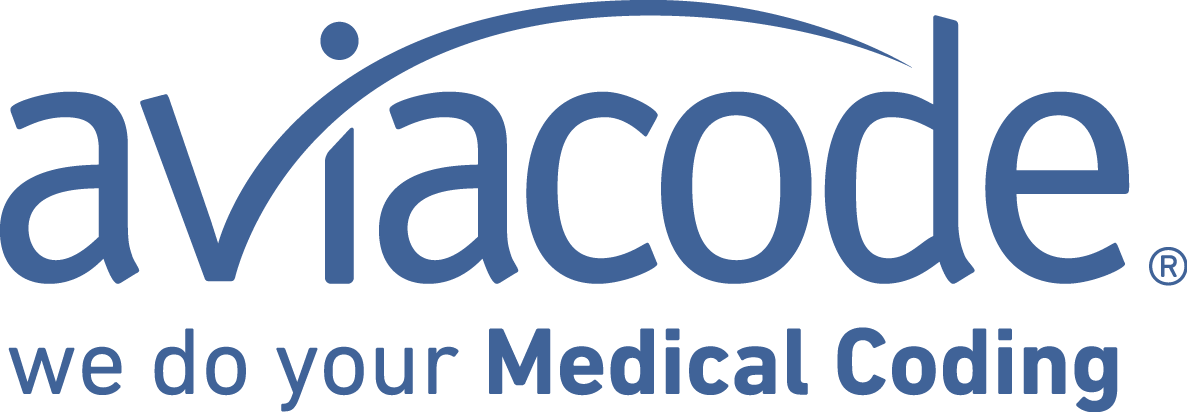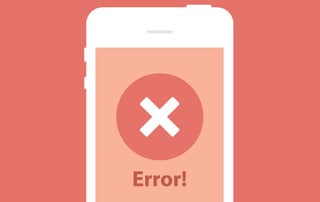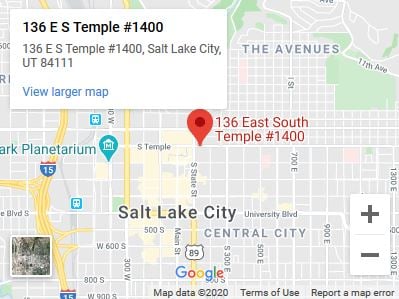E/M coding has become the most frequently billed physician service, and auditors are taking notice of its popularity. There is a fine line to walk when it comes to Medical coding. Frequent E/M coding errors occur when medical practices are either upcoding or undercoding. Upcoding increases the risk of audits. Coding too conservatively doesn’t protect your practice from audits, and it severely decreases your level of reimbursement. Here are some tips to help you stay on the straight and narrow:
- Sending out Claims Under the Wrong Provider: Popular medical coding errors occur when nurse practitioners and physician assistants report services improperly. Often times NP’s or PA’s will send out claims under the physician’s name and National Provider Identifier, but if the patient was treated solely by the NP or PA, the claim should be billed under the mid-level practitioner’s name and NPI.
- Improper ‘Place of Service’ Coding: Improper medical coding occurs when codes that refer to the place of service are incorrect. Medicare requires physicians to put POS codes on the claim forms. Medicare will pay physicians more for the procedure if they were performed in a physician’s office rather than in a hospital. So make sure your practice is documenting where the procedure was performed.
- Avoiding Modifiers: Many practices do not take the time to learn modifiers. Correct use of modifiers can be the difference between your claim being approved or denied. The proper use of modifiers will also help your practice receive correct reimbursement. Modifiers help the insurance company see that the patient’s service has varied from the actual CPT code description. The tricky thing about using modifiers is that they vary among insurance companies so you have to know each company’s regulations on modifiers. Make sure to check your EOBs to see if your insurance companies are reading your modifiers as intended.
- Billing out a Consultation Versus a Referral: Although it is more profitable for physicians to bill out as a consultation more so than a referral, Medicare defines consultations much more rigidly, which could increase the chance for an audit. Make sure your practice knows the difference between a referral and a consultation and bill out accordingly.
- Incorrectly Matching the Diagnosis with the Procedure: Make sure your practice is properly linking a diagnosis to the correct service or procedure code. When a patient comes in with multiple unrelated symptoms, it is important to link symptoms and diagnoses together correctly. It is also crucial that your staff is coding to the highest level of specificity. Your practice might be billing out a code that generally fits the service you performed, but there could be a specific medical code that accurately fits the service completed. When physicians don’t pick the most specific diagnosis, their medical coding won’t support the level of care they are providing.





